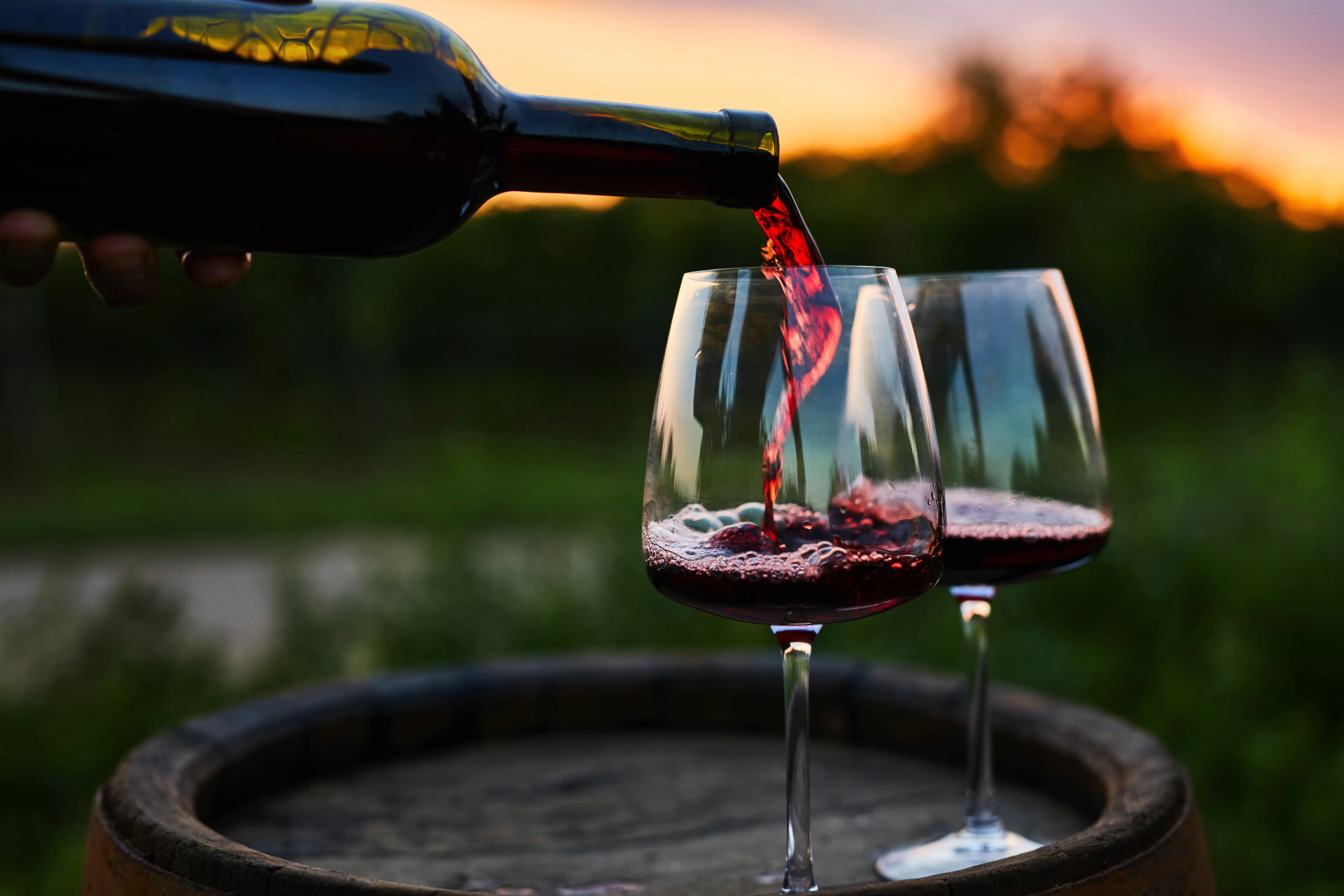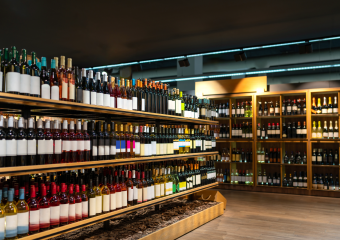Smart Vines: Discover the Best Tech in Wine Production!
Smart Vines & Digital Cellars: The Technology Revolution in Wine Production
Smart Vines: Revolutionizing Traditional Winemaking
Smart vines are not a scene from a futuristic movie but rather a present-day reality in the vineyards spreading across wine-producing regions. By integrating advanced technologies like IoT sensors, AI, and data analytics directly into the vineyard, winemakers are now able to monitor and manage grape cultivation with unprecedented precision. These high-tech systems can track vital parameters such as soil moisture levels, nutrient status, and micro-climate conditions around each grapevine, all in real time.
The implications of such technology are vast. For example, precise water management can lead to significant reductions in water use, essential in areas prone to drought. Moreover, by understanding the specific needs of each vine, vintners can enhance the quality of their grapes, leading to better wine. Pesticide use can also be optimized, limiting the amount of chemicals introduced into the ecosystem.
Digital Cellars: Enhancing Wine Storage and Quality
Once the grapes leave the vineyard, the tech revolution continues in the wineries, particularly in how the wine is stored and matured. Digital cellars represent a leap forward in optimizing these processes. Through temperature and humidity control technologies that feed data back to winemakers in real time, each batch of wine can be stored under its ideal conditions, minimizing risks of spoilage and maximizing flavor development.
Furthermore, digital tracking tools enable better inventory management and traceability throughout the maturation process. Wineries can use this data to perfect their aging techniques and replicate successful batches with much higher precision than ever before.
Benefits of Technology in Wine Production
The adoption of these innovative technologies in wine production not only enhances the operational efficiency of wineries but also significantly impacts the quality of the final product. With smarter resource management, there is less waste and a lower environmental footprint, aligning with global efforts to combat climate change. Moreover, as the precision of techniques improves, so too does the consistency and variety of wine, ultimately benefiting the consumer.
Another benefit is the ability to predict crop yields more accurately, which helps wineries plan better for market demand. Economic sustainability in the agriculture sector is often marred by unforeseen shifts in production; thus, having reliable data can make a substantial difference in planning and profitability.
Challenges and Considerations
Despite the apparent benefits, integrating technology into traditional winemaking processes does come with challenges. One significant barrier is the initial cost and maintenance of these advanced systems. Small to medium-sized enterprises may find the investment daunting without assurance of immediate returns.
There’s also a cultural aspect to consider. Winemaking is an art form steeped in tradition, and some purists argue that too much technology can strip away the soul of the practice. Finding a balance between using technological aids and maintaining the artisanal essence of winemaking is essential.
Moreover, reliance on technology introduces new risks, such as data breaches or system failures, which can potentially lead to large-scale disruptions in the winemaking process.
The Future of Winemaking
As we advance further into the 21st century, the intersection of technology and tradition in winemaking continues to evolve. Innovations such as drone technology for aerial vineyard monitoring and robotic harvesters are already being tested, promising to further transform the landscape of traditional winemaking.
The future of this industry lies in embracing these advancements while carefully balancing them with the time-honored practices that define the art of winemaking. As vintners become more adept at integrating technology with tradition, wine enthusiasts worldwide can look forward to enhanced experiences both in the vineyard and the glass.
The smart vine and digital cellar era is not just about creating better wine; it’s about creating a sustainable, efficient, and economically feasible wine industry that thrives on innovation while respecting its roots. This tech revolution, though still in its early stages, is set to redefine the boundaries of what’s possible in winemaking for generations to come.





